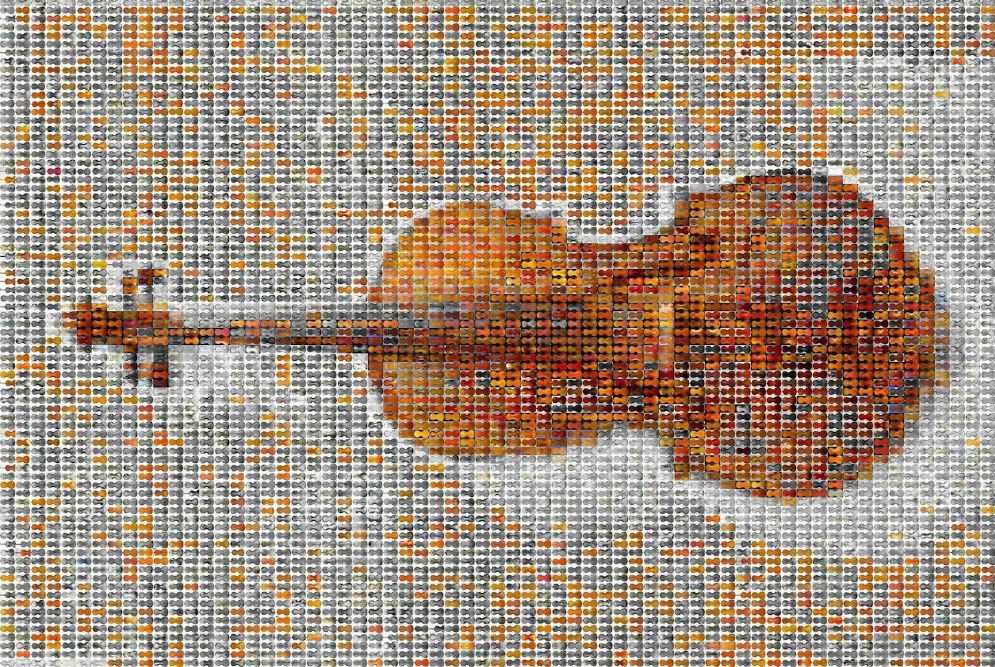Where did the Shape of the Violin Come From?
2017-10-13



 Uncategorized
Uncategorized

We can think of so many things as we look at the shape of the violin. We can think of a leaf, stone, an insect or a plant. However, the pattern in which the shape of the violin was formed depends on the luthiers who first formed its shape which remains a mystery up to today.
 Dan Chitwood a musician, conducted research to determine where the shape of the violin came from. His research commonly links the shape of the violin with plans due to the closeness of their resemblance. Added to that, Dan Chitwood Ph.D. concentrates his research and studies on plant morphology in the Donald Danforth’ Plant Science in St. Louis, Missouri.
Dan Chitwood a musician, conducted research to determine where the shape of the violin came from. His research commonly links the shape of the violin with plans due to the closeness of their resemblance. Added to that, Dan Chitwood Ph.D. concentrates his research and studies on plant morphology in the Donald Danforth’ Plant Science in St. Louis, Missouri.
Dan was particularly interested with the adaptability of the plans in the changes of its environment. What is more interesting for him is that plants are doing this over and over again for thousands of years. Because of that, he developed an element he called morphometrics. This aspect explains how plants can adapt and survive in their surroundings. Concerning that, survival and adaptability of the leaf correlate to its function and shape.
 When it comes to musical stringed instruments like violas, violins, and cello, they share the same principle regarding shape and function relationship. These classical stringed instruments had undergone certain kinds of evolution over the years which affect the expediency and of their function and sound. Dan is also a viola player and is very passionate when it comes to classical music which is why he deeply focuses on how classical stringed instruments relate to plant leaves.
When it comes to musical stringed instruments like violas, violins, and cello, they share the same principle regarding shape and function relationship. These classical stringed instruments had undergone certain kinds of evolution over the years which affect the expediency and of their function and sound. Dan is also a viola player and is very passionate when it comes to classical music which is why he deeply focuses on how classical stringed instruments relate to plant leaves.
Dan had a collection of different shapes of stringed musical instruments. He collected thousands of them which spanned for four centuries. The shape of the instrument primarily relates to the designers and composers during the historical period. Their influence played a vital role on how the instruments are shaped. We can say that it strongly connects to how they want it to function and sound which is why the designs evolved. To know more about this research you can read the article “Imitation, Genetic Lineages, and Time Influenced the Morphological Evolution of the Violin,” PLoS ONE 9(10): e109229.

Leave a Comment